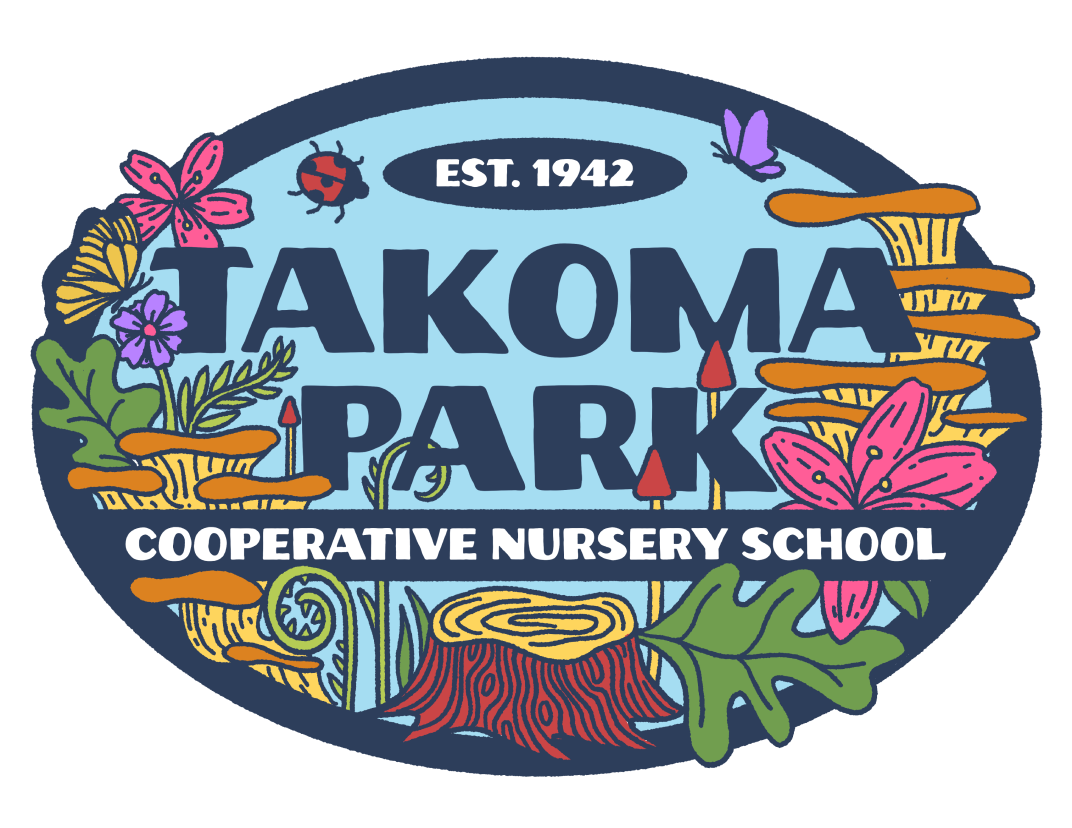Water (and Mud) Studies
This past week featured a crash course in storm water management and mismanagement.
That's some high level thinking. In the eyes of the children they were rescuing earthworms, playing plastic bottle soccer in Echo Town, painting walls with a discarded-then-found broom (an ultimate Kaito), and building a bridge. Pins and needles about the bridge -- will it still be there? The children have enough experience with storm water (mis)management to make both of wish-filled and optimistic prediction along with a reality-based one as well.
Real-world water exploration offers rich, developmentally appropriate experiences that support young children’s physical, cognitive, and social growth—laying the foundation for essential skills they’ll carry into more structured school environments.
The children are playing, imagining, and living outside and all the while the gaining real-life skills. Realia (thank you Froebelian practice) refers to real-life objects, environments, or experiences used in education to make learning more meaningful and tangible. In early childhood, realia goes beyond pictures or simulations—it means children engage directly with the physical world to construct understanding.
In the context of water exploration:
Stormwater drains, creeks, rain puddles, bridges, rocks, and mud are all realia—they are not models or representations but actual materials and systems in the child’s environment.
By engaging with these elements firsthand, children make sense of abstract ideas like flow, balance, structure, and change in ways that are rooted in sensory experience.
For example, rather than being told what erosion is, a child watching how water carries away mud during a storm is experiencing erosion. That’s realia in action.
The physical challenges of walking on slick rocks or building with wet stones also provide real-life scenarios that help children develop coordination, spatial reasoning, and resilience.
Realia brings curriculum to life—not through worksheets or screens, but through mud on their boots, water rushing past their hands, and the thrill of building something real in a living landscape.
Realia in water exploration supports emotional growth in deep and lasting ways. When children engage with real environments like creeks, storms, mud, and slippery rocks, they aren't just learning science or building muscles—they’re also developing emotional resilience, confidence, and a sense of connection.
Realia isn’t just about thinking and doing. It’s also about feeling, growing, and becoming emotionally grounded in the world.


